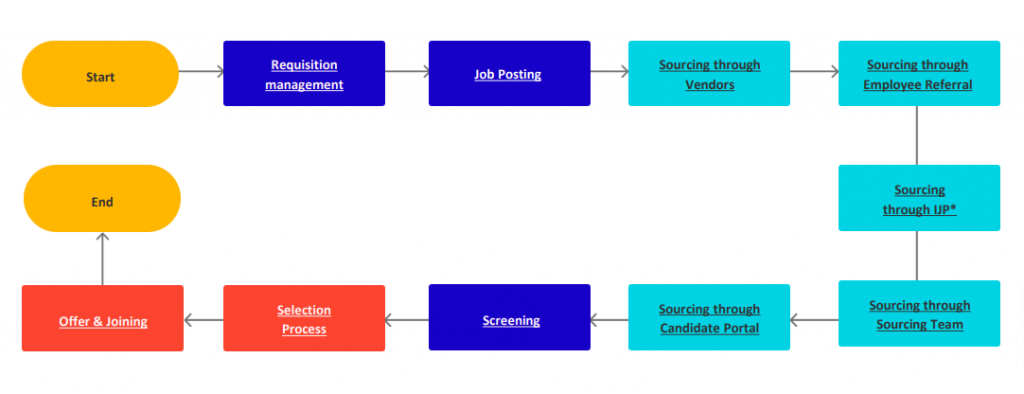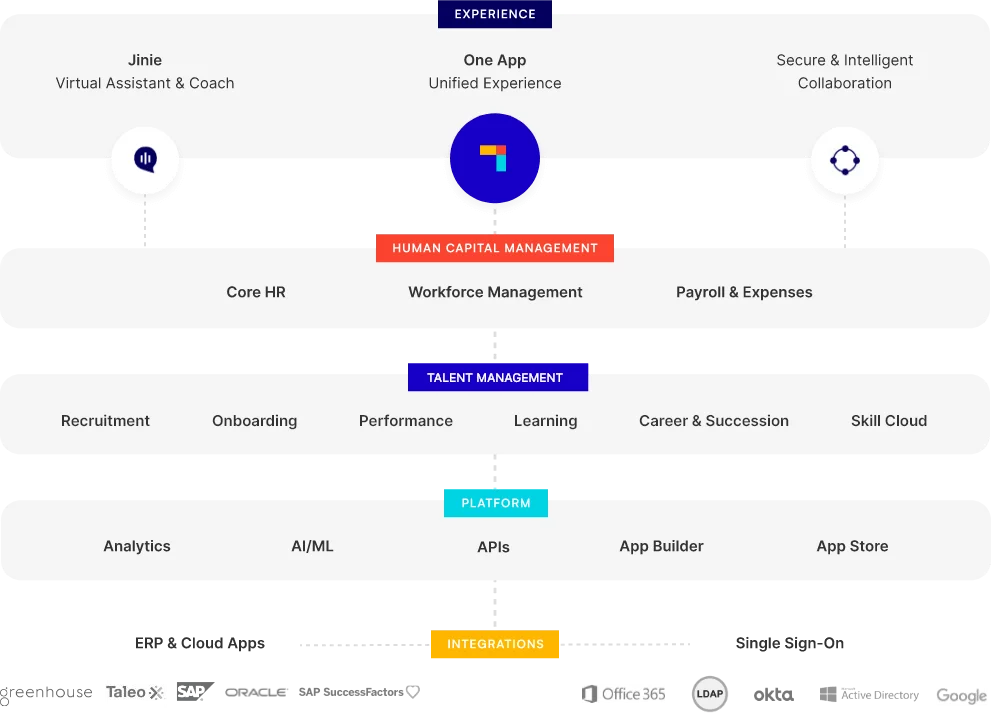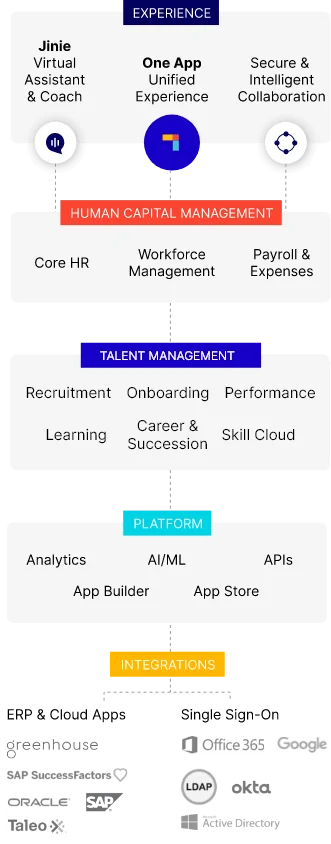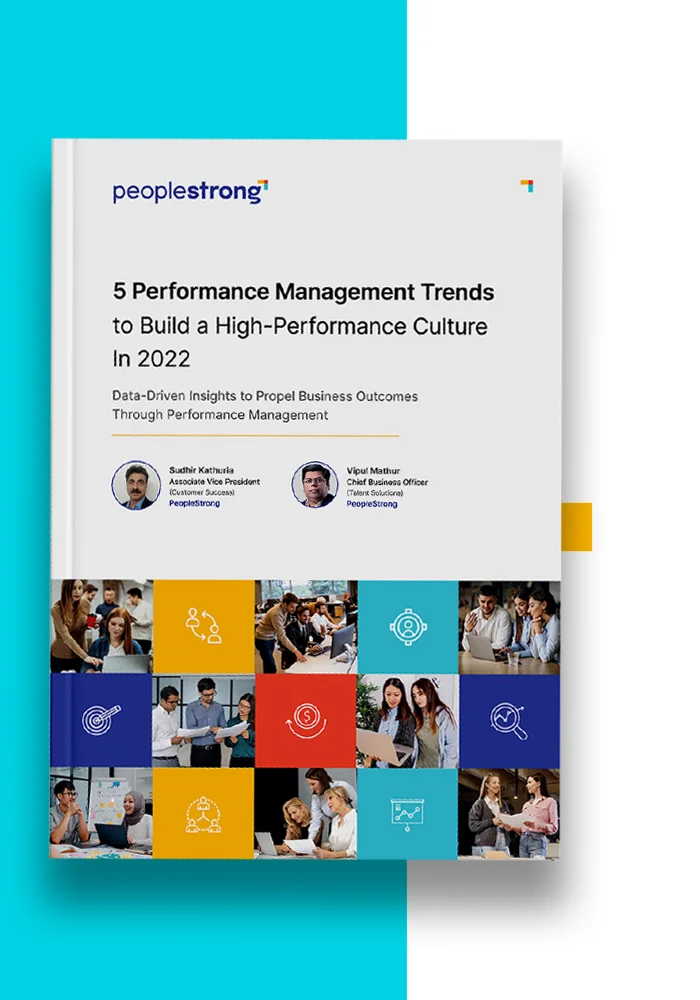Although recruitment on a global scale faces problems of its own, the challenges are slightly more nuanced in the Middle East. Rising inflation, stagnated wages, and a competitive labor market are changing the face of recruitment activities. Such disruption is also causing businesses to rethink their recruitment processes.
The recruitment process flowchart serves as a pivotal tool in this adaptive process. Seeing as how it is a visual representation of the organization’s hiring process, it is distinct for every company. There is no universally applicable formula. Hiring managers have to mold it, keeping in mind the internal processes, job market conditions, and even local and cultural connotations.
Here, we look at how businesses in the Middle East can build a suitable end-to-end recruitment process flowchart.
State of the Recruitment in the MEA Region
The job market and recruitment practices in the MEA region are experiencing a significant transformation, as evidenced by the evolving trends and dynamic shifts. These changes are a marker of a shift in candidate priorities, changing demographic dividend, and challenges with talent retention.
As a result, companies have to branch away from traditional practices and reinvent recruitment processes to keep up with the underlying trends. Here’s a snapshot of what’s brewing in the Middle East:
- 95% of working adults are open to new opportunities in the job market.
- The MEA is set to become a hub for hybrid work, with 98% of companies looking to invest in tools and technologies to cater to such recruitments, onboarding, and workspaces.
- By 2025, 75% of employees will be Millennials or Gen Zers.
- 60% of candidates prioritize pay and benefits as a primary factor while considering a new job. This is followed by opportunities for career growth (42%) and work-life balance (40%).
- The fastest-growing priorities for Middle East candidates are job security (26%), supportive management (21%), and clear goals from senior leadership (19%).
- Companies offering higher internal mobility will see increased talent retention with a median employee tenure of 4.5 years against an average of 2.7 years.
The Strategic Advantages of Aligning Simple Recruitment Process Flowcharts with Local Dynamics in MEA
Even if businesses were to create a simple recruitment process flowchart, it can be beneficial in the following ways:
- A structured recruitment process flowchart lends direction and clarity to all stakeholders involved, from potential candidates to hiring managers to HR teams.
- It maintains transparency throughout the recruitment process steps, which streamlines hiring efficiency while enhancing the candidate experience.
- It instills confidence and promotes employer branding, which is a leading requirement for recruiters in the region.
- It unlocks opportunities and potential for incorporating technology to catalyze talent acquisition, candidate screening, hiring, and onboarding.
- It is a feedback loop that empowers the human resource department while evaluating and improving the recruitment process steps.
Most importantly, this strategic recruitment process can be optimized to align with local and cultural contexts and modified to incorporate specific conditions in the MEA. How? Let’s take a look at the subsequent sections.
Creating a Recruitment Process Flowchart: A Step-by-Step Guide
Create a recruitment process flowchart template for your organization using these five steps:
Step 1: Gain Cultural Context
Commence by holistically understanding the cultural nuances specific to the MEA region. Identify factors like preferred communication channels and styles, hierarchical structures, expectations regarding work-life balance, etc.
Understand the interplay of these factors with the recruitment process steps. For instance, we’ve seen the demographic shift toward a younger, digitally-native generation. Such a trend would mean transitioning into virtual recruitment.
Step 2: Capture Talent Requisition Requests

With a basic foundation ready, start building on it a systematic process starting with the first stage of any recruitment cycle – collecting talent requisition requests. Collaborate closely with department heads and hiring managers to identify key roles and positions, specific skill sets, experience levels, cultural fit, and job requirements. Formalizing these parameters makes it easier to post listings on job boards at any point.
Step 3: Document Recruitment Process Steps
Next, start mapping out the recruitment process steps while maintaining a local flavor. Incorporate all your key findings specific to the MEA job market, such as popular job search platforms, communication channels, preferred interview formats, reference checks, customary hiring timelines, etc. Prepare the recruitment process flowchart using local recruitment process flowchart examples to make yours more relevant and responsive.
Step 4: Involve Key Stakeholders
Ensure the active involvement of the key stakeholders throughout the process of building an end-to-end recruitment process flowchart. Seek inputs from department heads, human resources, hiring managers, and other decision-makers revolving around real-world challenges and opportunities. These insights will streamline the recruitment workflows for higher efficiency and better quality of hire.
Step 5: Enforce the Recruitment Process Flowchart

Now that you have a refined version of your recruitment process flowchart, enforce it through effective and intentional communication. Obtain buy-in from the stakeholders, publish the flowchart on your business website, and give it widespread publicity to ensure adherence. Explore investing in the appropriate recruitment tools and technologies for rigorous implementation, uniformity, and compliance with local regulations.
Tips for Making Recruitment Process Workflows Work in the Middle East
Here are a few more tips and tricks to align your recruitment process workflow with the MEA job market:
- Use a local recruitment process flowchart tool that is compatible with the systems commonly used in the Middle East.
- When scheduling interviews, meetings, and other recruitment activities, consider Islamic cultural practices such as prayer times and the observance of religious holidays.
- Translate job descriptions, listings, communication material, job offer letters, and all other written content in local languages.
- Since MEA shows a strong preference for hybrid working, integrate the offline and online hiring and onboarding processes to tap into larger talent pools.
- Given the dynamic nature of the MEA job market, maintain flexibility for pivoting workflows in response to market shifts, changing candidate preferences, evolving business needs, and more.
Conclusion
Whether you’re a company based in the MEA region or a multinational organization looking to enter the market, preparing a comprehensive recruitment process flowchart lends structure and reliability to your talent acquisition process. It will also match with the organization’s larger objective to be culturally sensitive and meet its DEI goals. Use the steps shared above or consult the experts at PeopleStrong to net high-quality hires.
Answers to Common Recruitment Flowchart Queries
Why is a recruitment process flowchart crucial in the Middle East?
A recruitment process flowchart is crucial in the Middle East as it complies with the prevailing job market, local regulations, and best practices. It also offers clarity, transparency, and efficiency, keeping in mind the local conditions to enhance the candidate experience while bringing in organizationally fit hires.
What are some ways to optimize my recruitment process flowchart for the Middle East job market?
Some ways to optimize the recruitment process flowchart for the Middle East include:
- Understanding cultural connotations specific to the region.
- Incorporating local languages and communication styles.
- Adapting to local religious and cultural practices.
- Maintaining flexibility to adapt to changing market conditions.
- Involving stakeholders to develop a practical recruitment process flowchart.













